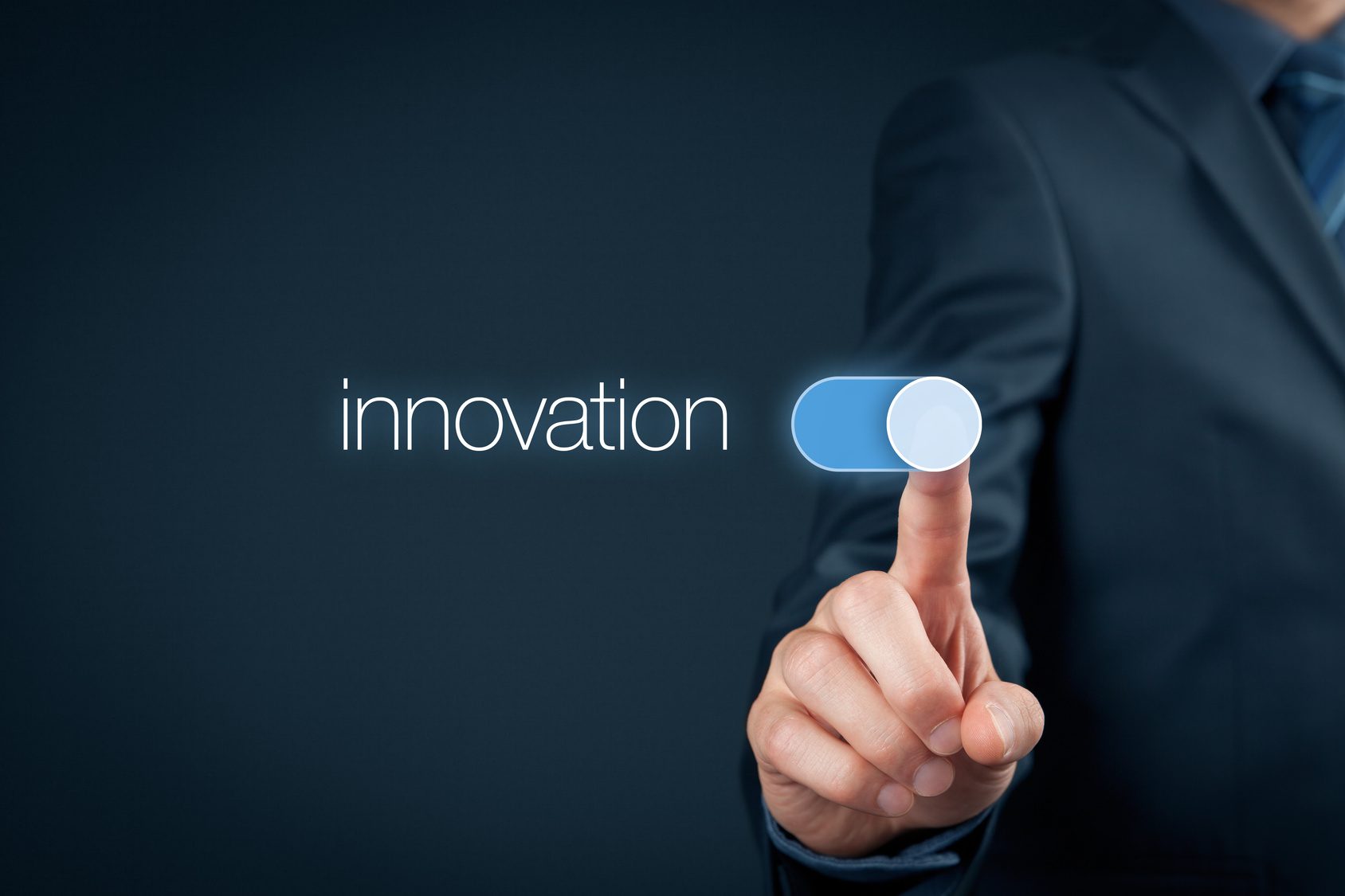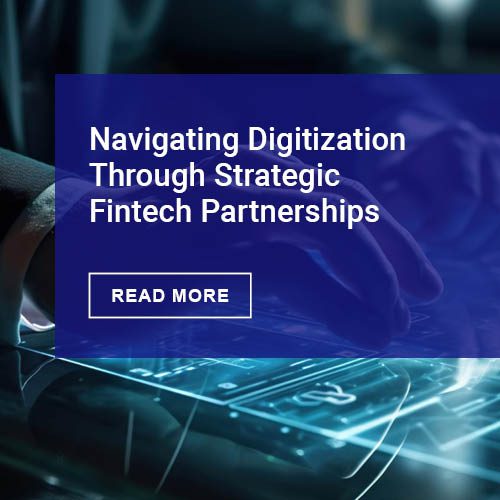While solutions to help employees manage their travel-related expenses have evolved steadily over the past two decades, innovation in the space has really accelerated in the last five years. Never have organizations of all sizes had so many options to choose from. As Gartner points out in their 2017 Market Guide for Travel Expense Management Software, organizations that are still processing expense reports manually can rapidly improve efficiency, accuracy and end-user satisfaction by moving to a modern expense management application.
Well, things are about to accelerate even more. We are sitting on the cusp of the third wave of technology innovation, a wave that will transform the industry to the point where our kids and our grandkids will not even understand what “doing your expenses” means. When you explain to them how you used to do it in the old days, they will look at you in the same way that we would look at someone today if they described having to walk over to the TV and turn the dial to change the channel, or dialing a telephone number on a rotary phone.
The first wave
How did we get here? The first wave of expense management innovation began in the late 1990s and lasted until the launch of the iPhone in 2007. The focus initially was automation and policy enforcement. The main players were the big ERP vendors, who built T&E applications as an extension to the ERP suite.
These “solutions” were better than the decentralized, Excel-based systems most companies had been using up until that point. Expense management became easier in the sense that there was now a central tool where the company could specify certain policies, and employees could input their expenses. If something was out of policy, it didn’t have to be reimbursed.
These early tools helped with policy enforcement, and vastly reduced the number of Excel spreadsheets floating around, but they didn’t really go far enough. Employees found them extremely difficult to use. While they provided a user interface in name, it was clear that the vendors had not considered optimizing the user experience at all. What enabled this shocking lack of attention to the end user was the fact that ERP solutions were sold exclusively to finance and to IT, without any end users involved in the purchasing process. As the old adage goes, “if you’re not at the table, you’re on the menu.” The frustration of end users would prove this to be true.
The second wave
Finally, in 2007, Apple launched the product that changed several industries: the iPhone. In expense management, the iPhone enabled a second wave of products that were not ERP-based, unleashing a classic wave of rapid innovation across the whole space. For the first time, we saw the rapid rise of cloud-based, pure-play expense management solutions.
These applications offered a more nuanced approach to everything from user experience to reporting to approvals. There was a much better marriage of the needs of the user and the needs of the company. The biggest breakthrough of course, was giving travelers the ability to do many expense reporting and approval tasks on their mobile phones.
Today, as we pass the tenth anniversary of the iPhone launch, we can look back and say that during this decade, we have succeeded in porting over the same old highly manual desktop-based processes into our mobile phones. Indeed, if we look at it simply from the perspective of being able to do everything on the phone that we can do on the computer, then it appears that we have tapped out all the innovation in this space. We’re done, right?
Nothing could be further from the truth.
We have been asking ourselves the wrong question this entire time. The question we were asking before was: how can we make this faster and easier? We’ve now done that in many ways that would have seemed futuristic just a few years ago. You can take a picture of your receipts on your phone and they go right into an expense line. We can use GPS to automatically calculate your mileage. You can even speak your expense lines directly into your phone, on the go, when you’ve got a carry-on bag on one hand and you’re trying to catch your flight.
The first two waves were about simply transferring the same level of work to more convenient mediums, first from Excel to an ERP-based specialized tool, and then from the desktop computer to the mobile phone. However, the third wave will be about eliminating the work altogether.
The right question
The right question, as it turns out, is: why are we spending any time doing this manual work in the first place? If you’re traveling and expensing for work, chances are good that you are a highly-paid, and thus highly-valued, employee. Why would your company want you spending any time at all on an activity that adds no value?
Sure, there is a communication issue. Somebody needs to know exactly what has been expensed, and it has to be coded so that the finance team will understand and be able to approve it. But, in the not-too-distant future, employees will no longer have to take photos to communicate this information.
They won’t even have to speak into their phone, and they will certainly not be typing anything at all into their phones or computers. Their transactions will automatically be recognized as either business spending or personal spending based on artificial intelligence that understands their patterns as a user and as a mobile traveler. This is a future state that we can all embrace.
Following the money
How will this happen? Here’s one possible way: payments. Today, we very rarely see cash payments anymore, especially among millennial employees, who already represent the biggest demographic in most workplaces. Shifting to 100 percent electronic payments paves the way for a much bigger convergence between credit card and payment companies and expense management providers to share data.
We already have partnerships between credit card companies and expense management vendors where transactions through a credit card partner automatically go into the expense management system. I believe we will see this on a much larger scale. Expense management technology will evolve to where the tools will be able to look at all the payments an employee is making, identify those that are business expenses, and bring them in for reimbursement, perhaps even immediately. The concept of an expense report will be as foreign in the future as the concept of a typewriter.
Certainly, there may be privacy considerations about allowing your employer access to your spending data, but it seems that majority of us have proven ourselves willing to sacrifice privacy for convenience, and repeatedly. We did it with mobile phones, where we allow location tracking so that we can use our maps apps. We did it with web browsers, where we allow companies to track our browsing history and market to us directly with banner ads. We did it with online payments, where we willingly hand over confidential credit card data. Does anyone doubt that we will do it again with expense reports to enable faster, more accurate repayment with less hassle?
In this new world, business travelers will simply live their lives. When travel is booked through the company booking system, perhaps automatically based on scanning your emails for upcoming meetings away from your base locations and with knowledge of your travel preferences based on your history, all the details of the trip will be instantly shared with your expense system. When your trip starts, the expense system begins recording and populating the expense report using payment, GPS and other data, with no effort needed. Any non-compliant activities will be flagged before they happen. For example, in the late afternoon, you might get a push notification reminding you of the spending limits for dinner, and suggesting some nearby restaurants that would fit the bill. When the trip ends, the traveler gets a completed report to approve for reimbursement.
That’s what the third wave of expense management solutions will do for corporate travelers. It’s an incredibly exciting time to be in this space. But as many of our readers know, travelers are only one side of the coin. There’s even more meaningful innovation coming for finance and accounts payable teams.
Learn more about the future of expense management! Download Gartner’s 2017 Market Guide for Travel Expense Management Software now.
Sunny Manivannan is the General Manager for Coupa Expenses. He is passionate about helping people get more done in less time with less work.











